We’ve all heard someone say “It’s not rocket science” when trying to explain something that’s not so difficult. That’s because rocket science has earned the reputation of being one of the toughest subjects on Earth!
However, the Kerbal space program game has come to the rescue for aspiring rocket scientists worldwide with its deep knowledge of space programs that can help them expand their skills.
Not only does it have the power to teach players real astronaut skills, but it can also help them understand the principles of rocket science and real-world space travel, something that isn’t so simple to understand without simulators!
Without further ado, let’s dive straight into this rocket science game and discover its educational potential for dozens worldwide.
Evaluating the Realism of Kerbal Space Program
The realism of Kerbal space program can be judged by its gameplay.
In this game, players are put in charge of a space program designed on the planet Kerbin. At first glance, this world is quite similar to Earth. However, its inhabitants are tiny minion-like creatures called Kerbals with no signs of humans anywhere.
The idea is to slowly create a space program and unlock new spaceship parts so you can design a rocket ship and start complex missions such as:
- Trip to the Moon
- Orbital Flight
- Sub-orbital flight
- Missions to other planets
At times, your missions won’t work out, but that’s not something to worry about, as Kerbal engineering has a learning curve. As you continue playing, you’ll get better at figuring out the physics and calculations required to launch your rocket successfully.
Like real rockets, your rocket will need to make sense and be constructed with quality materials for its launch to be successful.
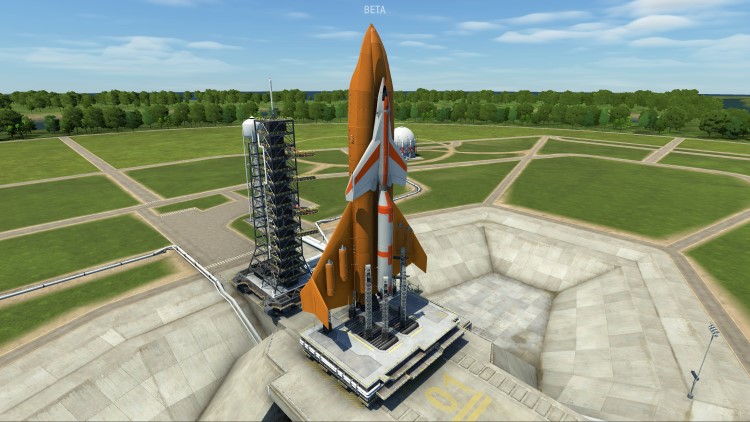
Several important elements, such as Thrust Balance, Fuel Efficiency, and Wind Resistance need to be taken into account.
Of course, the physics in this game isn’t as restrictive as the real-world physics NASA has to deal with, but your rocket still needs to be well-constructed to travel through space.
Sure, real-life rocket science is hard. Kerbal space program isn’t saying that it’s not, it’s just giving you a chance to develop a rocket in a slightly real-world scenario so that you can simulate all the complex maneuvers of real-world spaceflight.
You might crash the first few times, but as you come to grips with the logic of space travel, you’ll start designing better rockets and plotting elegant missions through space.
Educational Potential of KSP
With the popularity of this game skyrocketing, many wonder if Kerbal space program education has any significance.
Its educational potential can be judged by the large number of teachers and curriculums that have included this game to teach the basics of rocket science to individuals worldwide.
Not only does Kerbal space program education teach you rocket science terms like ‘Azimuth’, ‘Retrograde’, or ‘Perigee’, but it also encourages you to visualize your space mission and carry it out!
Through this game, players get a hands-on learning experience that helps them form a deep understanding of the core principles of spaceflight and rocket science.
Plus, KSP has also been adopted by several scientific organizations (not just schools!) to assist with astronaut training programs, giving individuals a stronger idea of what it’s like in space.
Explaining tough subjects like rocket science through practical implementations helps people pick up the concepts in a more natural way.
Furthermore, space agencies launch various challenges through games like Kerbal space program to challenge students to visualize mission concepts and present them to their agency.
These concepts can be utilized efficiently to come up with new ideas that can pave the way for advancements in the field of rocket science.
Let’s look at 5 core concepts that highlight the educational potential of this game:
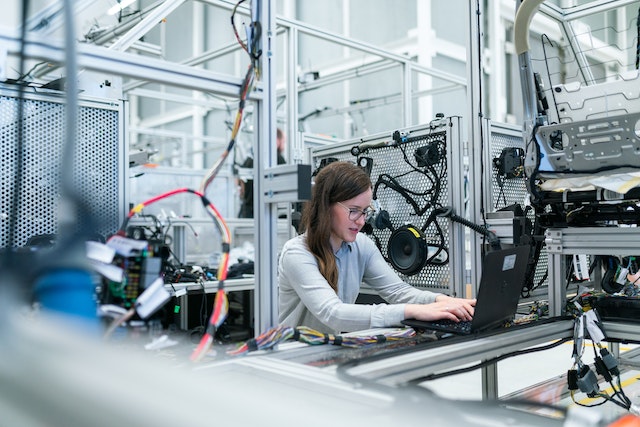
1. Aerospace engineering
Building rockets, spaceships, and other spacecraft and learning how to operate them is a vital part of playing the Kerbal space program game.
For this very purpose, it’s vital to be familiar with concepts such as ‘Control surfaces’, ‘Drag’, ‘Lift’, and ‘Rocket staging’.
This helps players come to grips with the challenging atmosphere of the planet and the gravity that rocket engineers have to encounter while they construct and launch further rockets on missions.
Of course, launching your first rocket is going to be a challenge. For this, you need to be accustomed to the core principles of Aerospace engineering mentioned above as that would help understand the engines and fuel required to produce the lift needed to enter orbit.
This means that every mission requires striking a balance between mass and fuel.
Finally, this game teaches players that rockets need to be stable and symmetrical when in flight.
For this, players require knowledge of certain points of action, as well as using the rocket wings to keep it pointing in the right direction.
2. Physics of Moving and Working in Space
The Kerbal space program isn’t your average space gaming experience. It encompasses various realistic physics rules that players have to manage when launching their rocket into space.
At the bottom of your screen, you’ll see a ‘navball’ that will help you navigate your rocket.
Players should be careful about how they maneuver their ship by pitching, rolling, and yawing it in addition to using RCS (Reaction Control System) thrusters to move it forward, backward, left, right, up, and down.
The concept of docking with another spaceship is challenging in this game as it requires tiny detail-oriented modifications that take patience and time.
3. Orbital Mechanics
Orbital mechanics is one of the most essential concepts in astronomy and Kerbal space program covers it perfectly.
Just pointing your rocket towards the sky and hitting the “lift-off” button won’t be enough and players must learn to position their rockets at proper angles to begin orbiting the equator.
Doing so requires a lot of horizontal and vertical velocity which can only be achieved at the proper angles.
After this, players must adjust their ships ‘apoapsis’ (the highest point in orbit) and ‘periapsis’ (the lowest point in orbit) until they achieve the desired point.
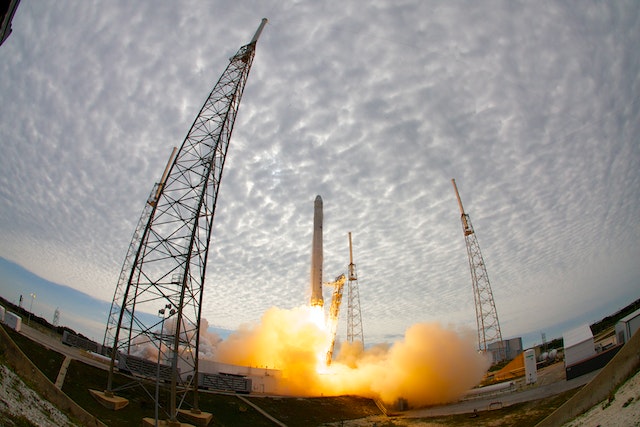
4. Space Exploration History
Many argue that Kerbal engineering isn’t 100% realistic so it can’t allow you to learn real rocket science. However, the truth is it’s accurate enough to allow you to re-enact space missions that were carried out by reputational agencies like NASA!
Through this game, players can come to grips with the various challenges actual astronauts have to deal with in their space exploration.
It’s also a fantastic place to start learning about the history of actual space exploration.
5. Science and discovery
Kerbal space program’s science mode can help kids learn about one of spaceflight’s primary goals: discovery.
In this mode, players have to conduct scientific experiments on Kerbin (the home planet), as well as other planets and moons in the solar system.
Providing the outcomes of the experiment back to Kerbin or safely bringing the astronauts back, provides science points that can be utilized to study new starship equipment and parts.
Gaining Practical Rocket Engineering Knowledge
Innovative methods can be the guiding light to teaching children science, and Kerbal space program makes teachers’ lives a lot simpler.
This rocket science game allows players to design rockets, planes, and space stations, providing an exciting time while dispelling important knowledge.
So much practical rocket engineering knowledge is available, allowing physics students to not only learn but also enjoy complex questions in a way they never thought possible.
Through this game, players gain practical rocket engineering knowledge through experimenting with various rocket designs and configurations.
Of course, the absence of the risk linked with real-world rocket launches makes the task a whole lot easier!
With varying setups for rocket engines, different fuel tanks, and detailed control systems, players can understand how to improve their rocket’s performance.
This provides an opportunity to investigate the constraints of various design options. It also allows them to discover how to tailor the design of a rocket for different missions.
Another key element of this rocket science game is that it provides a simulation for various space exploration challenges, including communication issues, supplies running out, and various dangerous environments away from your home planet.
This means that players must plan their missions before executing them. A well-thought-out plan is less likely to fail compared to just jumping right in and going with the flow!
Some practical rocket engineering knowledge this rocket science game provides includes:
- Basics of Space Flight (Principles of Thrust, Drag, Lift, and more)
- Mechanics of the Space Programs (building/launching rockets, managing resources).
- Challenges and obstacles of space exploration (atmospheric conditions, zero gravity)
- How to design and test different rocket configurations and payloads.
- The future of space exploration, including the potential for human missions to other planets.

Problem Solving and Critical Thinking
It’s a known fact that studying complex situations can become understandable by injecting some fun into it. This very logic also applies in this game as players have to problem solve and critically think on their feet.
The benefit is that all of this will take place without having the pressures of real-world scenarios. You become the manager of your space squad and put your cognitive abilities to the test to complete several tasks to accomplish your goals.
To start, you first have to focus on the essentials: build a rocket using your critical thinking skills and then attempt to launch it into space. If it explodes, you’ve got a problem to solve as you have to figure out a way of launching it without letting it explode.
Once launched, the next objective is to reach the Kerbal moon. Once that is completed, you can continue towards future objectives. Each level has increased difficulty and requires you to display originality and inventive thinking skills.
The best part is there’s no need for any prior engineering training!
Any single individual can become well-versed in this game, and who knows, you may even end up coming up with a new concept that revolutionizes rocket engineering!
The best way to play this game is to:
- Use your creative skills to solve complex problems. The key is to learn from your mistakes.
- Develop cost-effective solutions to take your rocket to the stars. Experimentation is key.
- Make use of your critical thinking skills and figure out the weight-to-fuel ratio to develop fuel efficiency. The more efficient your fuel is, the further your rocket will go.
The Bottom Line
The Kerbal space program game provides a valuable lesson to players – failure is simply the opportunity to begin again, this time more intelligently.
Sure, tons of comedic exaggerations exist in this rocket science game, and spaceflight in real life is more challenging and prone to error. However, this game still provides a solid understanding of the basics of rocket science and what life is like in space.
The animated simulation gives players a free hand to explore and take risks so that they can learn from their wild failures and crazy successes.
Realistic missions can be pursued that offer a great deal of knowledge while also developing a love for STEM subjects for players. If you believe that NASA is an institution of the past, the Kerbal space program game will make you think again!
So, start your space exploration journey today and shoot for the stars!
We have lots of great content focused on educational gaming! Why not keep reading and learning with these posts:
- How Puzzles and Other Brain Teasers Benefit Your Mind
- How Using Cool Free Math Games Helps Your Child Learn
- 5 Top Kids Games to Teach Your Child Different Skills

Farah Jassawalla is a technology enthusiast with a keen interest in AI, ML, and anything digital. Her passion for technology extends into her work as she currently manages the blog and social media for one of Canada’s most awarded tech and IT companies, in addition to consulting and writing for other brands. She’s an avid reader, writer, and researcher who is always looking out for the next big update in the digital world.

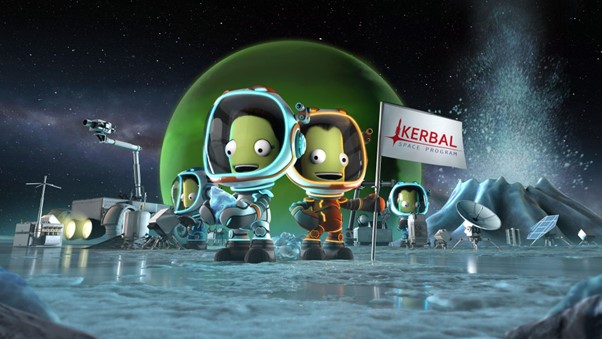







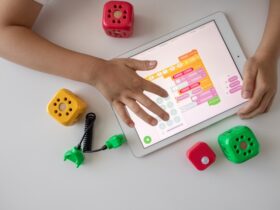




Leave a Reply